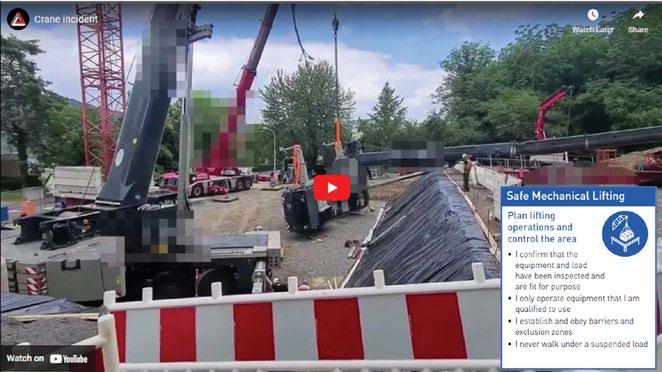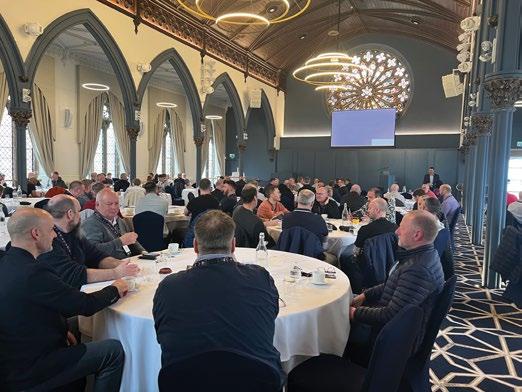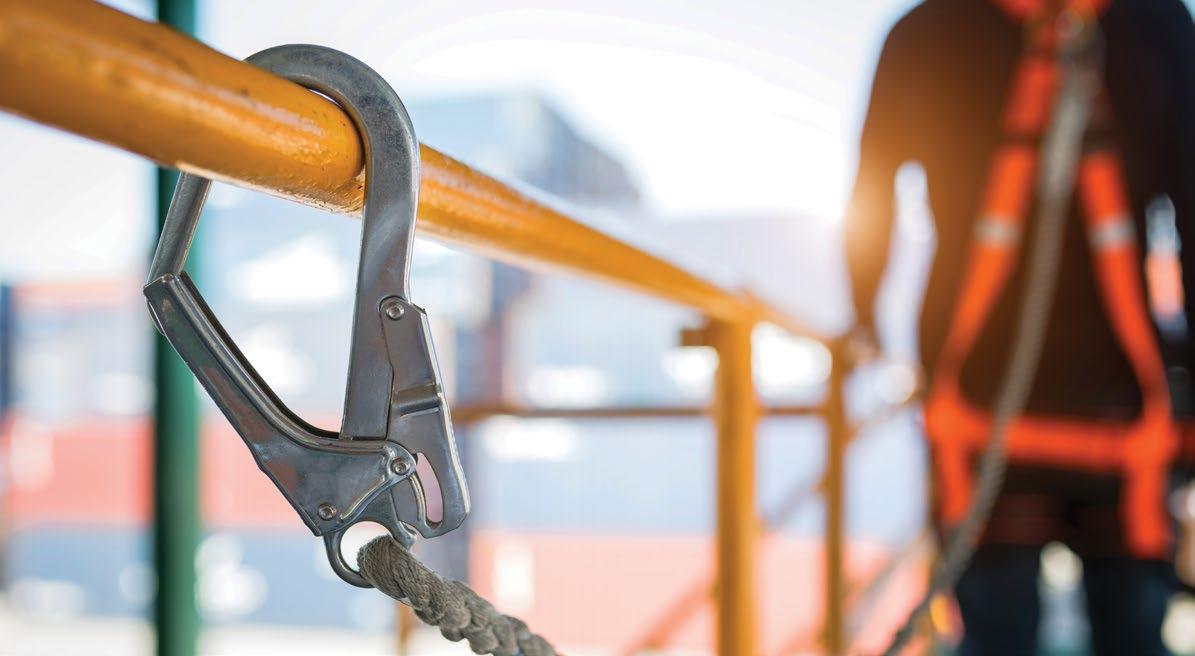
1 minute read
ENGINEERING SAFETY INTO EVERY FLIGHT
When a passenger steps on board a helicopter to travel to or from their work they can be sure that aircraft has been checked, scrutinised and cleared for take-off by expert engineers.
From pre-flight checks to post-flight examinations. From downloading data from on-board sensors to removing and inspecting components, every offshore aircraft is maintained to a strictly planned and monitored programme.
“Our engineering schedules are comprehensive and everything we do is carefully managed,” says Bristow’s Chief Engineer, Cameron Beattie. “There is a team of expert engineers working day and night behind the scenes that the passengers don’t see, and safety really is their only priority.”
“We operate a strict schedule of maintenance for every helicopter to ensure every aircraft gets the attention it requires – whether that’s a calendar inspection or due to the hours it has flown or flight cycles it has completed” says Cameron.
“It’s also really important our engineers are not pressured to complete a task within a deadline,” says Cameron. “We know how long certain jobs take, but if something requires more time, then it gets more time . This keeps their focus on the job, not the clock.”
Engineering and maintenance for offshore helicopters is largely split into two sections: ‘line’ and ‘heavy’. ‘Line’ tasks are the jobs that keep the aircraft operational every day. These range from daily inspections to a strip down of key assemblies like the main rotor head.
‘Heavy’ engineering covers the in-depth work that every aircraft is subject to after a certain amount of flying.
One key element of the line engineering process is analysis of the on-board Helicopter Usage Monitoring System (HUMS).
HUMS collects detailed information including systems performance and vibration levels from specialist sensors positioned across the airframe. The data are saved onto the aircraft’s memory card and downloaded by engineers every time the helicopter returns to base. It gives a unique view of its performance and behaviour, and anything unexpected is easily picked up by the engineers.
As well as routine daily examinations the line engineers carry out scheduled inspections of each aircraft.
At 1,500 flying hours aircraft are handed over to the heavy engineering team. Heavy maintenance of a helicopter usually lasts between four to six weeks, during which time the aircraft isn’t available to fly.
“The amount of flying we do at Bristow means we expect our aircraft to go into the heavies hangar about every 14 months,” says Cameron. “There they get a very detailed inspection, with key components removed and checked. It’s also a moment when major parts can be replaced if the schedule requires.”
At Bristow the engineering teams operate in shifts, working round the clock, seven days a week to keep the fleet performing to the highest standards.
“I’ve been working on offshore helicopters for more than 40 years and while I’ve seen some incredible advances in technology, one thing that has never changed is the deep sense of responsibility. Every safe flight is a source of pride in a job well done,” says Cameron.
In this issue the TSN team caught up with Peter Rhodes at Worley.
Peter shares an insight into his day on the Judy, including his nickname earned by the team, conversations about cake and pudding and of course planning, vigilance and checks for this crucial aspect of offshore work.








